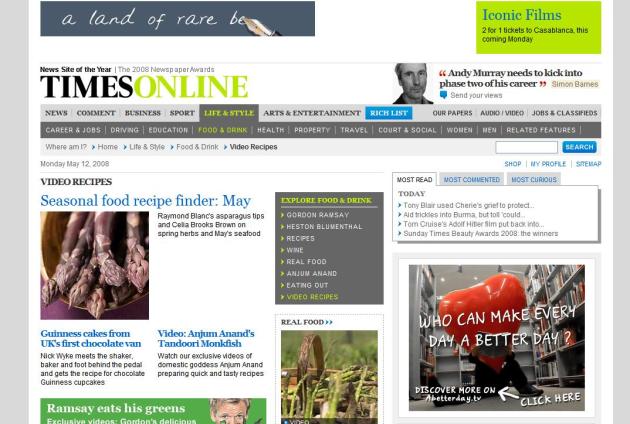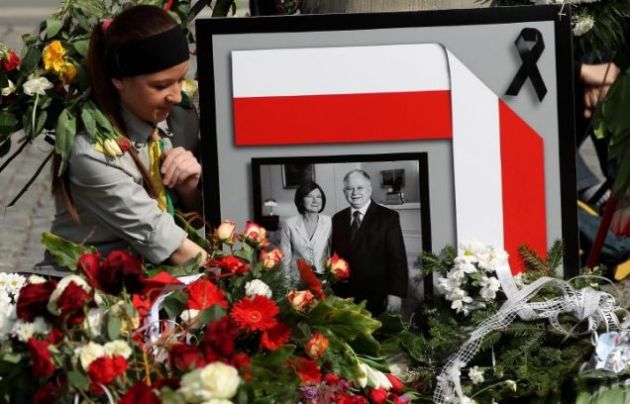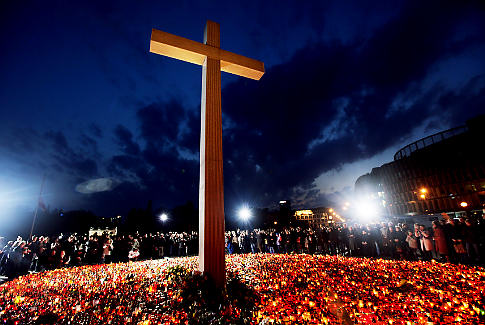Website Analysis for my course module Web Communication.
Times Online is the web edition of The Times and The Sunday Times newspapers (est. 1785) and was launched in 2004 (Times Online 2010). Yet how effective is Times Online and will its plan to charge for its service in June 2010 justify their content and add value or repel their 8.1 million unique monthly users (Times Online 2010)?
This is what was discovered:
Searchability (search engine optimization, SEO)
- Times Online effectively appears first on the two most popular search engines Google and Yahoo.
- Yet the URL includes ‘news’ and directs you to the news pages which can be misleading, ineffective and less memorable to find without a search engine (Nielsen 2010). This risks offending viewers by wrongly assuming their preference.
- Like the BBC, the site should link to a general homepage and keep the URL simple.
Usability
- Usability ‘assesses how easy interfaces are to use’ (Nielsen 2010).
- Times Online has high usability and is technically stable, with items uploading in 1 to 2 seconds.
- Faster internet connection speeds due to new technology effectively increases audience satisfaction and loyalty.
Navigation
- Times Online has ‘persistent navigation’, comprised of five basic elements which not only retain consistency but help the reader effortlessly navigate the site (Krug 2006).
- Consistencies include the lime green ‘You are here’ tab and the simple, direct ‘search’ button.
- However, Times Online would benefit from fixing the navigation of their ‘Help’ page and faulty hyperlinks including ‘need to drop us a line?’ This technical difficulty named ‘linkrot’ often causes split user loyalty (52%) and risks customer trust (Nielsen 2010).
Design
- Overall, the design is highly effective with a consistent, complimentary colour scheme, which is aesthetically pleasing and easy on the eye. The colours for the main heading Times Online are split into black and electric lime green, reflecting its professional yet cutting edge spin.
- The scroll bar at the top effectively reiterates the latest news headlines and reinforces Times Online’s reliable and up to date approach.
- However, the site should differentiate visited links to avoid user confusion (Nielsen 2010).
- Due to the excessive flashing adverts and pop-ups the interface feels crammed. Although this may increase the company’s revenue, it confuses navigation and creates frustration among users (Flanders 2010). Krug (2006) suggests reducing adverts and using hyperlinks would be more effective.
Content
- Overall, the Times Online boasts a vast selection of well-written, updated stories aimed at an educated, middle class audience who are interested in current affairs, politics and the arts.
- Stories are concise, objective and bulleted which is effective as 75 percent of Web users scan articles.
- Articles are innovatively categorised into sections such as ‘Most read, most commented, most curious: Today’ making them sticky, ensuring continual customer return (Flanders 2010).
- To optimize their success, Times Online use convergence by offering their services via ‘Times Mobile’, thus attracting a broader target audience.
- The ‘outbound hypertext links’ to external sites such as Twitter displays the site’s confidence in their success (Nielsen 2010).
Video
- The Times Online has a useful, clear sub-section devoted to ‘Video’ aimed at ‘tripling page impressions’ (Journalism.co.uk 2006).
- However, to retain user attention, videos should be cut from three minutes to one minute, remove adverts and allow maximization (Nielsen 2010).
Audio
- Audio features most prominently on the website in the form of podcasts.
- However, the podcasts should be better signposted, cover more categories and include an archive to prevent user frustration and abandonment.
Interactivity
- The Times has transferred their ‘long history of commissioning opinion polls’ into interactive polls Online (BBC 2008).
- However, these polls should be clearly signposted in the top navigation to ensure usage.
- To increase site traffic and the number of comments on their content, Times Online should allow unregistered users to participate.
- More interactive features of the site include interactive maps and a picture grid of all soldiers who died in Afghanistan. This is an example of ‘non-command user interface’ which adopts the user with a new sense of flexibility and control (Nielsen 2010).
User-generated content (UGC)
- Having attracted over 35,000 visitors in 2009, software CoveritLive enables readers to comment and participate in live debates, effectively strengthening their sense of active participation (Journalism.co.uk, 2010).
- Users can also submit their own pictures and videos boosting interactivity levels.
Times Online is highly effective and user friendly, evidenced in its triumphant win of Best Electronic News site in the 2009 Newspaper Awards (Journalism.co.uk 2010).
However, with its new strategy of charging, it needs to improve its competitive advantage against free competitors like The Sun and News of the World (Times Online 2010).


